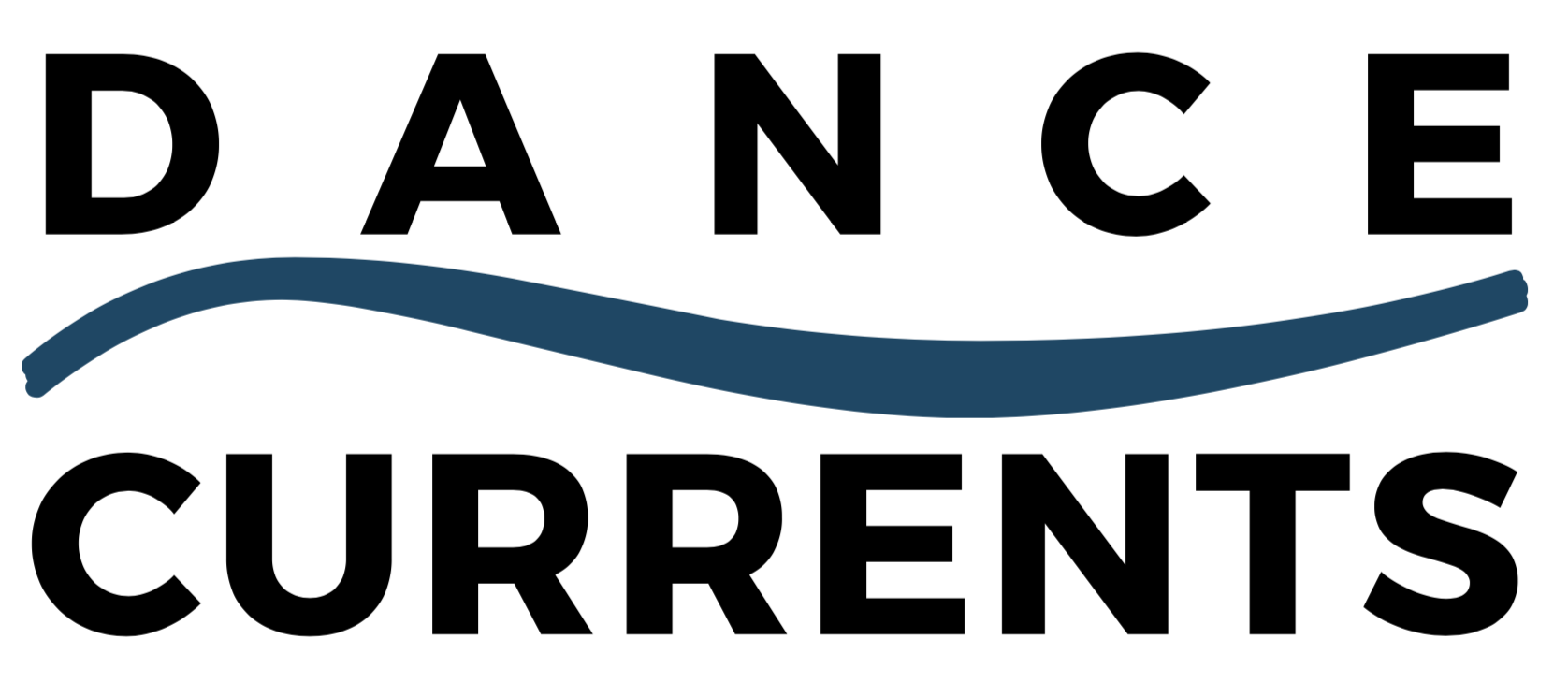It turns out that I’ve known Billy Elliot since he was thirteen years old. Only this guy isn’t British — he’s hometown star Stephen Hanna, who plays Billy’s older self in the current Broadway hit.
Back then he was a tiny blond phenom with a snazzy haircut and a can-do attitude towards ballet’s more difficult technical twists and turns. I first saw him in a private class run by Roberto Munoz at Point Park College with Simon and April Ball, the brother and sister duo who went on to become principal dancers with Boston Ballet. Simon now performs with Houston Ballet and April flew to Europe, the culmination of a long-time attraction to the Old World, and Les Ballets de Monte-Carlo.
As for Hanna, he became a principal as well. Shortly after I saw him, the School of American Ballet, New York City Ballet’s educational wing, snapped him up for its program. While at SAB, he received the Mae L. Wein Award for outstanding promise.
It was a signal of things to come. The Pittsburgh native was appointed an apprentice in 1997 and was taken into the company the following year. By 2005 he had risen to the top and named principal dancer, just like the Balls.
I caught up with him recently at Ballet Academy of Pittsburgh, where he was teaching a class for the owners, Steven and Lindsay Piper. Nineteen of the schools 150 students (excluding the Pipers’ own three children, Kyra, Ava and Stella) came for an up-close-and-personal look at one of Broadway’s newest stars.
Now Stephen is a handsome six-foot-two muscular dancer, with a head of curly brown hair and an out-going and generous air about him.
It all started when “Billy Elliot’s” staff called Hanna and asked him “if he was looking to do something different.” They had three men in mind and brought them to an audition, where he had to do a scene from the show and “laughed my way through ‘Happy Birthday.'”
They also wanted a video of him dancing with New York City Ballet, plus he talked with an acting coach and the director.
Hanna must have impressed them all, because he was hired.
At the time, Hanna was at the top of one of the top companies in the world. He had performed favorites like the “Elegy” from George Balanchine’s “Tchaikovsky Suite No. 3,” where he has been called “impassioned and fleeting,” and was often cast opposite veteran dancer Damion Woetzel in works like “Stars and Stripes,” where he performed with “a magnificently unruly glee.”
Hanna had doubts about making the transition from the fast-paced world of NYCB, where dancers sometimes had days or even hours to learn a role. How could he harness that glee in the repetitive world on Broadway?
But he ultimately decided to try that so-called “slower train.” Hanna found himself waiting around during rehearsals — his part includes some ensemble dancing at the start and features an eight-minute duet with his boyhood image.
He began in July and by August the director was running the show with his Broadway cast. After the premiere November 13, Hanna settled into a “maintenance” schedule, keeping the show in tip-top shape and rehearsing with anywhere from three to five young Billies in a number that involves fog, bright spots, spinning chairs and flying.
Surprisingly he’s still there. “I never thought I would be able to do the same thing over and over,” Hanna says. “But it’s given me a new perspective.”
He concedes that it’s been “a great year” and is content to continue as the older Billy. But, come this fall, Hanna might head back to Lincoln Center and have another talk with Peter Martins to see just what the future holds.


Recent Comments